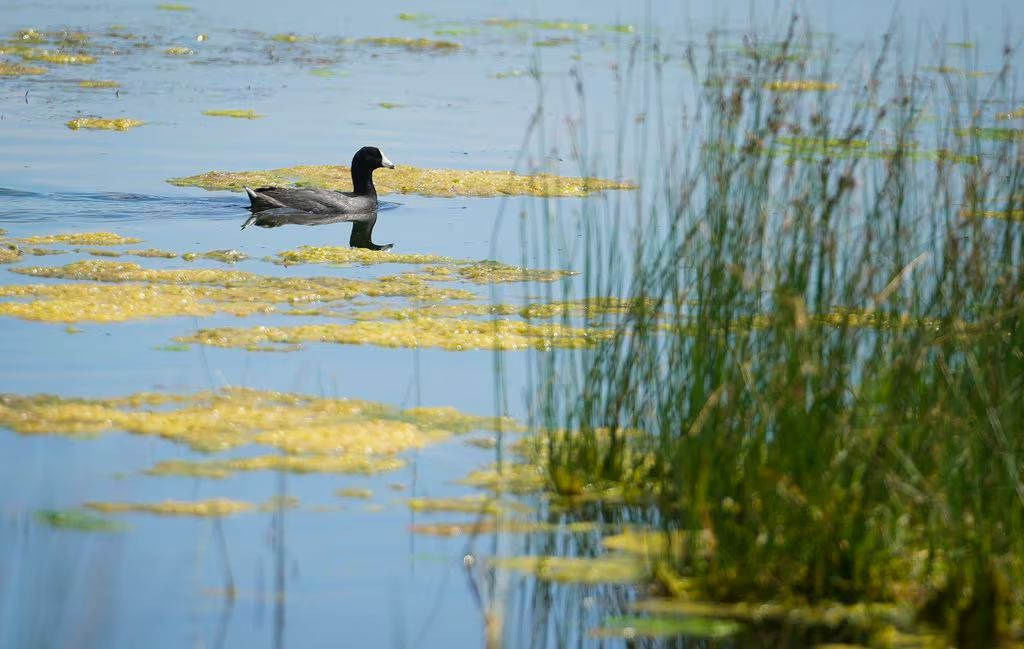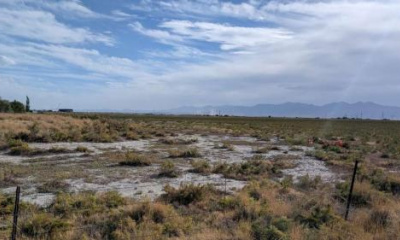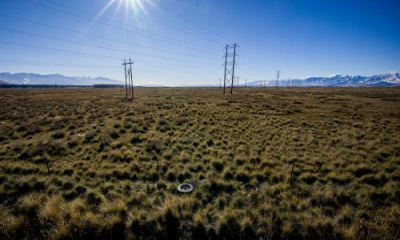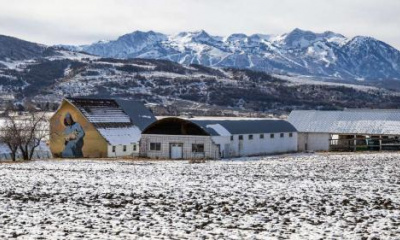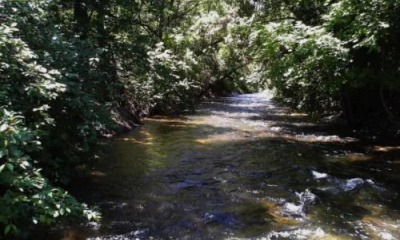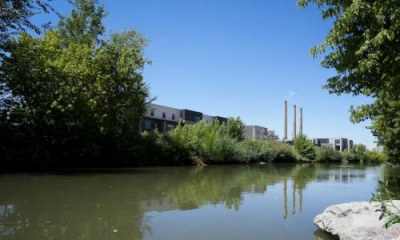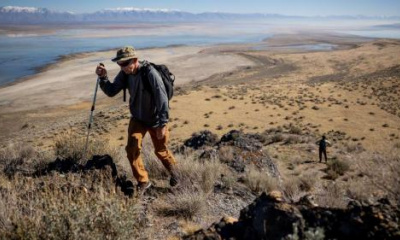The Nature Conservancy has built more than 100 acres of new wetlands in the last few years and has plans for other projects, including a 200-acre project near Syracuse
A mother duck and her slew of ducklings paddle along in a stream. Dragonflies dance around cattails. Two sandhill cranes approach the water and get warded off by a pair of nesting birds.
None of them care that the marshy area they are temporarily calling home is only there because of a levee that transformed a flat field with a little bit of water into a thriving wetland habitat.
A year after it opened, the managed wetland in the Great Salt Lake Shorelands Preserve is helping improve water quality and offset other habitat losses, as the lake has yet to reach a water level that Utah officials consider healthy.
“The lake’s been drying and going through big swings,” said Chris Brown, the stewardship director for The Nature Conservancy in Utah. “We’ve been losing a lot of the wetland habitat.”
That’s a major issue because the Great Salt Lake provides some of the most important habitat for migratory shorebirds and waterfowl in the western hemisphere. The wetlands are a critical part of the ecosystem that supports around 10 million birds each year and a global brine shrimp industry, Brown said.
Without the wetlands, he said, some species could go extinct. Wetlands disappearing also would affect hunting, mineral extraction, cattle grazing and other industries that help support Utah families, he said.
The Nature Conservancy, a nonprofit, manages a 4,400-acre preserve on the eastern shores of the Great Salt Lake — one of the last remaining shorelines with little to no development — and has built 170 acres of new wetlands with plans to build more.
The 40-acre project that opened a year ago stops up water from the Freeport Drain that used to shoot directly into the Great Salt Lake.
Now, the water that drains from the Freeport Center in Clearfield and nearby areas meanders through wetlands, a habitat that naturally helps remove metals, debris and garbage.
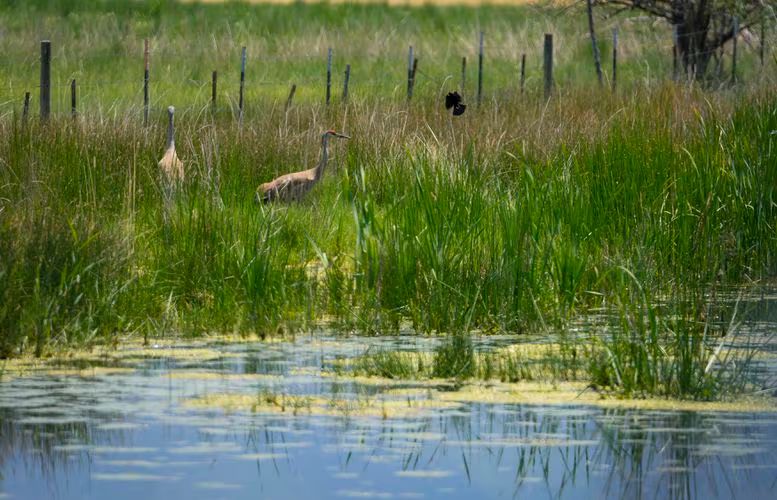
(Bethany Baker | The Salt Lake Tribune) Two Sandhill Cranes walk through the Great Salt Lake Shorelands Preserve near Layton on Wednesday, June 12, 2024.
Brown pointed out multiple plastic bottles and other pieces of trash caught in the levee, and said there are plans to install trash booms that will help collect more debris.
The levee also allows The Nature Conservancy to flood a nearby meadow, where the white-face ibis can breed, Brown said.
The built wetland is “minuscule” in the grand scheme of things, Brown said, but is one that The Nature Conservancy can manage and keep stable for shorebirds and other species that depend on the lake’s wetlands.
If the lake comes back up and other wetlands return, the built habitats will be a bonus, Brown said.
In addition to the Freeport Drain project, the conservancy has built more than 100 acres of new wetlands in the last few years and has plans for other projects, including a 200-acre project near Syracuse called Miller Pond.
The Freeport Drain project took about nine months, Brown said, and the Miller Pond project will take a bit longer.

